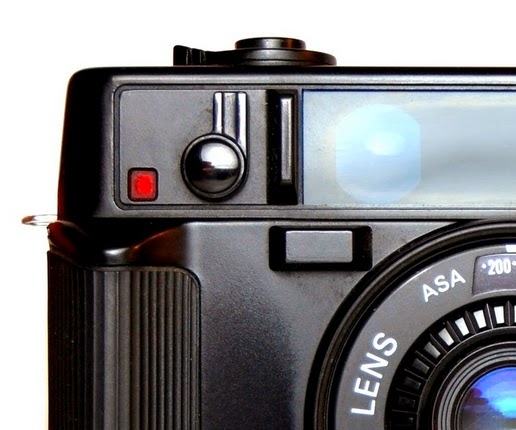The Longest Shutter: how slow can shutters on 8 classic point and shoot film cameras go in low light situations
(This post is about UNEXPECTED AWESOME PERFORMANCE of humble point and shoots. It is also a Youtube preview for a test video. But please allow me to set this story up. PS lots of early point and shoot cameras photographed below.)
'Classic' and, I would argue, early point and shoot cameras of the 1970s and 1980s tried to accomplish two things: providing casual photographers with well-lit, in-focus exposures with the click of a button.
It would culminate in designs like the Olympus Stylus Epic, the Pentax Espio Mini, the Konica Big Mini (so good) and other great late point and shoot film cameras which are really sought after and treasured.
However, when I started building the Empire that is THE SHUTTER GOES CLICK, the early point and shoots were nearly throw-away pieces.
You could buy the plastic-body wonders for a buck. Few people thought of them as usuable, let alone good shooters. But back then, the price was right. I had no illusion that I would ever own a Leica or a Contax or anything posted on Tokyo Camera Style.
Nope, all I could afford to get my hands on were these cast-offs and that's how I got my start film camera collecting.
BUT - I quickly discovered, if you knew what you were looking for, if you stuck to prime, albeit on-body lenses, you could have a great street and family vacation shooter for the price of a cheeseburger or a side a fries.
Above, is my personal favourite camera, the Nikon L35AF 2, aka the Nikon One Touch, the one that started it all for me.
(No manual link but here's the poster will all the deets.)
It and the original L35AF took pictures I LOVED.
As I learned to use them I began to discover all sorts of hacks and techniques: force flashing, how to street shoot relatively silently, when to over-expose, or when to throw in on the Yellow K2 filter...when it had a filter thread, and other stuff like that.
People say you learn a lot about photography by using an all manual camera. But it's more true you learn more by trying to make an auto point and shoot give you the creative control of a full manual outfit. So there.
This is an example of force flashing on a bright sunny day on the Nikon L35AF in colour.
How to force flash: here.
Lots of these cameras had aggressive flash units. They would pop-up and charge in low light situations even if you did not want them to. Some of them allowed you to engage a no-flash button but if you turned your camera off, it would default back to auto flash.
Now here is the EXCITING part: many of these cameras, if you found a way to take a low-light reading yet keep the flash off, could make LONG exposures, far longer than listed in its specifications.
At least, that was what I had always believed.
This weekend I put it to the test. I rolled the camera ISO dials as low as they could go. I covered the cds meters/electric eyes with electrical tap, and took video of the shutters opening and closing with a stopwatch right beside them.
With this method, we could roughly figure out how SLOW a classic point and shoot can go in low light!
Will it be indeed slower than the technical specifications? Will we discover a whole fleet of potential point and shoot nighthawks? I've just shot the video and will post soon.
Here are the cameras I tested:
Minolta Hi-matic AF. I tested this camera in a dark pawn shop before I bought it. The shutter went FOREVER.
Minolta Hi-Matic S2. Another fellow camera blogger posted the manual in its entirety. Cool dude!
Canon AF35 ML. ML for "Mega-Lens" because at 40mm f1.9, it sure is.

Mamiya M.
The test shots with a running 1/100th stop watch on an ancient Nokia is all in the can. Will edit and voice SOON.













Comments